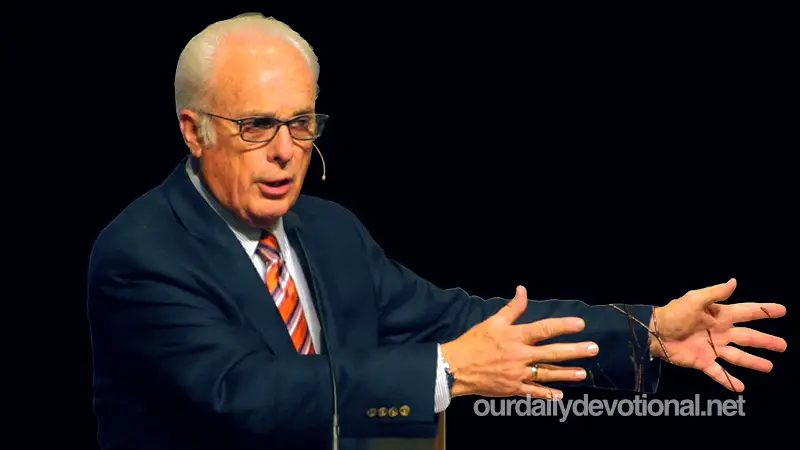"round cut." Operation by which the foreskin of the virile member was cut. It was the rite ordained by God as a sign of the covenant made with Abraham and his descendants, and also the seal of the righteousness of his faith.
All the males of Abraham's house were to be circumcised, and then each male of his descendants, on the eighth day after his birth. It meant the consecration of a people to God, separating themselves from the world.
During the forty years in the wilderness this rite was not performed, but upon entering God's land, all were circumcised at Gilgal, when the reproach of Egypt was removed (Josh. 5:2-9).
Circumcision became a synonym for Israel to the point that they were “the circumcised,” and the Gentiles “the uncircumcised” (Judg. 14:3; Ezek. 31:18; Acts 11:3).
Contrary to God's designs, circumcision became a merely formal act, when the covenant itself was set aside, and God speaks of Israel as having "an uncircumcised heart" (Lev. 26:41). Stephen accused the Jewish Council of being “uncircumcised in heart and ears” (Acts 7:51).
In Ro. 4 Abraham is presented as "father of circumcision", that is, of those who believe and are the people truly separated from God. Therefore, circumcision is the type of crucifying the flesh, with all that this entails (Rom. 6:6; cp. Col. 2:11; Phil. 3:3).
The rite of circumcision was also practiced by some other peoples, such as the Egyptians, for whom it was a rite of initiation into puberty, with a very different meaning from that in the OT.
On the other hand, the Philistines, Phoenicians, Moabites, Ammonites, Syrians, Assyrians, Babylonians, and various other nations with which the Israelites had historical relations were alien to this ordinance.
Meaning of CIRCUMCISION
"round cut." Operation by which the foreskin of the virile member was cut. It was the rite ordained by God as a sign of the covenant made with Abraham and his descendants, and also the seal of the righteousness of his faith.







